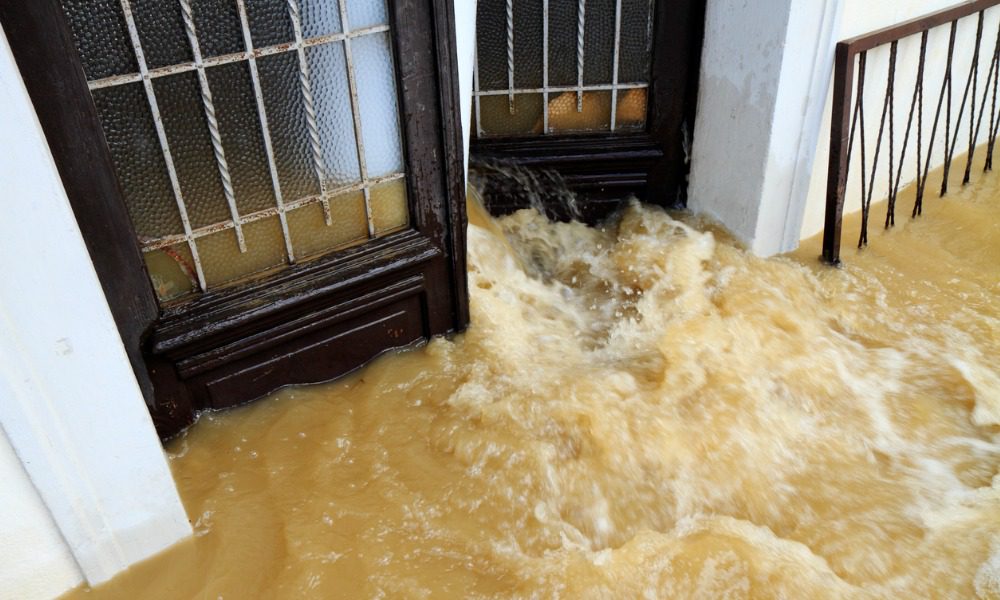Aucklanders in limbo as council delays flood-damage decisions

Aucklanders in limbo as council delays flood-damage decisions | Insurance Business New Zealand
Catastrophe & Flood
Aucklanders in limbo as council delays flood-damage decisions
Homes expected to be repaired or bought
Catastrophe & Flood
By
Roxanne Libatique
A significant number of Auckland homeowners who registered their flood-damaged properties with Auckland Council’s storm categorisation programme remain uncertain about their properties’ future.
Belinda, a resident of Swanson in West Auckland, is among those still waiting. During the 2023 floods, the stream behind her house overflowed, causing extensive damage. As winter approaches with more severe weather expected, her home continues to deteriorate.
Belinda and her family continue to live in their home of five years, despite it being unsafe.
“We’ve got mushrooms growing in our bathroom,” she told RNZ. “There’s mould growing in every single room. It doesn’t matter how many times you wipe it or try to kill it.”
She said the house is damp and has a persistent smell of rot, although there is no clear source of the odour. The black mould has also caused her to develop a constant cough.
Auckland Council’s categorisation system for property assessment
The council’s categorisation system classifies properties into three categories:
homes that are safe to live in (Category One)
homes that need repairs and flood protection (Category Two)
homes that will be bought out and likely demolished (Category Three)
Aucklanders await definitive category from council
Belinda registered her home for assessment with Auckland Council in June 2023. The assessment was conducted in September, but she received no immediate feedback.
“I emailed every couple of weeks just to see how things are going,” she said. “And probably about three weeks ago, I received an email. It was just a generic email to say that they’re still looking at categorisation and doing further assessment.”
According to RNZ, council officials expect to provide results for Belinda’s property by the end of June. They mentioned that additional work is being done to consider any structural implications of the flooding under her house.
Dave Wileman, another homeowner with a flood-damaged property, shared similar frustrations. His house was severely damaged by 1.3 metres of stormwater. Despite hoping for a resolution early this year, he still lacks a definitive category from the council.
He received insurance compensation in July last year to repair his home but cannot proceed without the council’s decision. He is also concerned about potential tax implications if the insurance money remains unspent by the end of the financial year.
Auckland Council attributed delays to the high-risk location of Wileman’s property, noting the need to consult with the central government about funding for broader infrastructure work.
“Auckland Council has put a proposal to the government to accelerate the outcome for this area so that we can provide certainty to those waiting as soon as possible,” it told RNZ. “We are currently in discussion with central government to confirm whether this proposal is feasible under our co-funding arrangements with them.
“Until the outcome of the discussions with government ministers is known, we can’t complete some risk assessments and confirm these property categories.”
Homeowners have until September this year to complete the council’s flooding and landslide registration form for a free assessment.
According to Hawke’s Bay Today, Many residents have chosen to relocate, accept buyouts, or embark on the journey of rebuilding their homes.
The extension aims to help New Zealand homeowners displaced by severe weather events in 2022 and 2023.
“We know some people impacted by these weather events are doing it tough by having to cover costs on their uninhabitable homes, like mortgage payments, rates, and insurance, while also paying for temporary accommodation,” said Social Development and Employment Minister Louise Upston. “Extending this payment for another year will help them bridge the gap until repairs are undertaken or a decision is made on the future of their property.”
Related Stories
Keep up with the latest news and events
Join our mailing list, it’s free!






